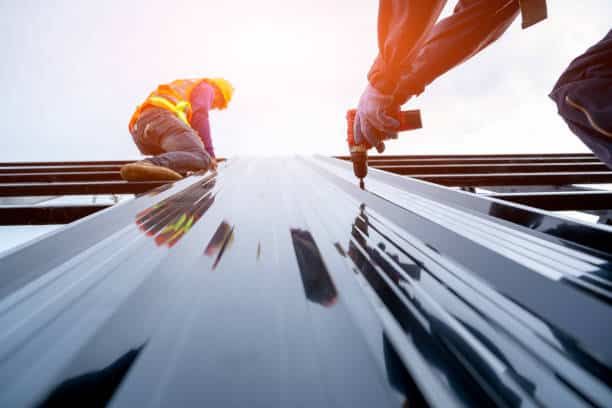When it comes to roofing options, Brisbane homeowners often find themselves weighing the benefits of metal roofing against traditional materials like tiles or shingles. Both options have their pros and cons, and understanding them can help you make an informed decision for your home. Here’s what you need to know.metal roofing brisbane

Advantages of Metal Roofing
1. Durability and Longevity
Metal roofs are renowned for their durability. They can withstand harsh weather conditions, including heavy rain, hail, and high winds—common occurrences in Brisbane. With a lifespan of 40 to 70 years, metal roofing often outlasts traditional roofing materials, which typically last 15 to 30 years.
2. Energy Efficiency
Metal roofing reflects solar heat, which can help keep your home cooler in the sweltering Brisbane summers. This reflective quality can lead to lower energy bills, especially during peak heating months. Additionally, many metal roofs are designed to be insulated, further enhancing energy efficiency.
3. Low Maintenance
Metal roofs require minimal maintenance compared to traditional materials. They are less prone to issues such as mold, rot, and insect damage. A periodic inspection and cleaning are usually sufficient to keep them in good condition.
4. Fire Resistance
Metal roofs are non-combustible, providing an added layer of safety against fire. This is particularly beneficial for homeowners in bushfire-prone areas, as metal roofs can help reduce fire risk.
5. Eco-Friendly Option
Many metal roofs are made from recycled materials and are themselves recyclable at the end of their life cycle. This makes them a sustainable choice for environmentally conscious homeowners.
Disadvantages of Metal Roofing
1. Initial Cost
While metal roofs can save you money in the long run, the initial installation cost is generally higher than traditional roofing options. However, considering their longevity and energy savings, the investment can be worthwhile.
2. Noise
During heavy rain or hail, metal roofs can be noisier than tile or shingle roofs. This can be mitigated with proper insulation, but it’s worth considering if you’re sensitive to sound.
3. Expansion and Contraction
Metal roofs can expand and contract with temperature changes. If not installed correctly, this movement can lead to issues over time, such as leaks or loose fasteners.
Advantages of Traditional Roofing
1. Aesthetic Variety
Traditional roofing materials like tiles or shingles come in a wide variety of styles, colors, and textures, allowing homeowners to customize the look of their home more easily than with metal options.
2. Lower Initial Cost
Typically, traditional roofing materials have a lower upfront cost than metal roofs, making them an attractive option for homeowners on a tighter budget.
3. Quieter Performance
Tile and shingle roofs tend to dampen sound more effectively than metal roofs, offering a quieter indoor environment during storms.
Disadvantages of Traditional Roofing
1. Shorter Lifespan
Traditional roofing materials generally have a shorter lifespan compared to metal roofs. They may require more frequent replacement, which can add to long-term costs.
2. Higher Maintenance
Tile and shingle roofs often require regular maintenance, such as inspections for cracked tiles or damaged shingles. They are also susceptible to mold and rot, especially in humid climates.
3. Weight
Traditional roofing materials can be heavier than metal, which may require additional structural support during installation. This could increase overall installation costs.
Conclusion
Ultimately, the choice between metal roofing and traditional roofing comes down to your specific needs, budget, and aesthetic preferences. Metal roofing offers durability, energy efficiency, and low maintenance, making it a solid choice for Brisbane homeowners, particularly in regions prone to extreme weather. On the other hand, traditional roofing materials can provide a wider range of styles and lower initial costs.